Factors Associated with School Lunch Consumption: Reverse Recess and School “Brunch”
Document Type
Article - Merrimack Access Only
Publication Title
Journal of the Academy of Nutrition and Dietetics
Publication Date
9-2017
Abstract/ Summary
Background: While school foods have become healthier under the Healthy, Hunger Free Kids Act, research suggests there is still substantial food waste in cafeterias. It is therefore necessary to study factors that can impact food consumption, including holding recess before lunch (“reverse recess”) and starting lunch periods very early or very late. Objective: This study examined the association between the timing of recess (pre-lunch vs post-lunch recess), the timing of the lunch period, and food consumed by students at lunch. Design: We conducted a secondary data analysis from a repeated cross-sectional design. Participants/setting: An 8-week plate waste study examining 20,183 trays of food was conducted in New Orleans, LA, in 2014. The study involved 1,036 fourth- and fifth-grade students from eight public schools. Main outcome measures We measured percent of entrées, fruit, vegetables, and milk consumed by students at lunch. Statistical analyses performed We used mixed-model analyses, controlling for student sex, grade, and the timing of the lunch period, and examined the association between reverse recess and student lunch consumption. Mixed-model analyses controlling for student sex, grade, and recess status examined whether the timing of the lunch period was associated with student lunch consumption. Results: On average, students with reverse recess consumed 5.1% more of their fruit than students with post-lunch recess (P¼0.009), but there were no significant differences in entrées, vegetables, or milk intake. Compared to students with “midday” lunch periods, on average students with “early” lunch periods consumed 5.8% less of their entrées (P<0.001) and 4.5% less of their milk (P¼0.047). Students with “late” lunch periods consumed 13.8% less of their entrées (P<0.001) and 15.9% less of their fruit (P<0.001). Conclusions: Reverse recess was associated with increased fruit consumption. “Early” lunch periods were associated with decreased entrée and milk consumption, and “late” lunch periods were associated with decreased entrée and fruit consumption. Additional research is recommended to determine whether these associations are causal.

